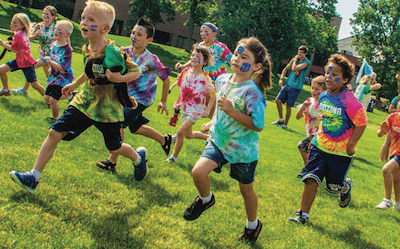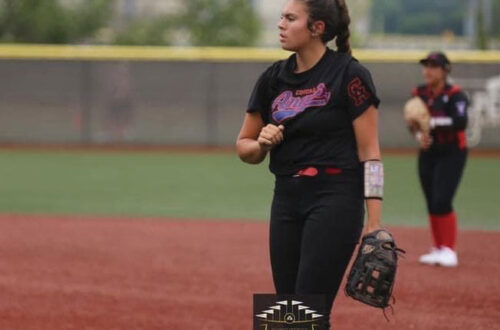
Explore and Expand
Ordinary creativity is extraordinarily important– Dr. James Catterall
Devote your child’s summer to creativity.
Yesterday, a news story I was watching in my living room showed the town less than a mile from my spot on the couch, and it looked like New Orleans during Hurricane Katrina. Half houses and half cars poking up from a flat and endless expanse of mud brown. A motionless lake as far as the drone could photograph, sitting there waiting. They said it might be a year or more before residents could return.
Right after Hurricane Katrina, I was teaching AP Environmental Science, and we spent time looking at how architects and civil engineers were responding to the disaster. I had never seen houses such as the ones being proposed for the flooded 9th Ward of the city. They were beautiful, cheap, off-grid and sustainable, and more stylish than anything I’d seen.
They solved a huge and dangerous problem for the residents there; the bottom floors were void of electrical wiring and made out of cement. They were designed to keep the house not only standing in a flood, but livable, if necessary. for a time.
A decade later, some of the new housing developments in the Ninth Ward (famously including Brad Pitt’s charity project) did not stand the test of time, but the more brilliant designs did.
Who were these brilliant and innovative problem-solvers converging on flood-weary New Orleans? Six years after this disaster, our educational world began writing the Next Generation Science Standards.
At every grade level, children and teenagers are asked to devise a creative solution to a problem brought about by living on a tumultuous planet. The area of study is called “Earth and Human Activity,” and its most common theme is reacting to climate change in novel and creative ways.
If the standards were widely adopted in 2013, has the generation ready to solve problems arrived just when we need them? Do we have a trained and ready populace, empowered to create and innovate?
Perhaps. For the most part, in 2013, the same science textbooks from 2012 just got a few extra pages and some stickers that read “NGSS aligned.” But change did come to our classrooms eventually. I’m wondering, though, if it isn’t the right moment to put extra effort into making sure our children truly have the time and space to be creative.
If summer break began in response to harvest schedules, perhaps it could now provide the opportunity for our children to truly explore their creativity.
Although we are encouraged to devote time to creative problem solving in classrooms now, there are some forms of creativity whose flames are better fanned with weeks and weeks of time and without the pressure of assessment.
I was lucky to have a father who was a pioneer researcher in creativity and education, and he always stressed that kids need means and opportunity to really get creative. Opportunity being the space and time to carry their projects and ideas through.
He and I were fuzzy on the need for an external motive, because neuroscience is very clear that people experience joy when they are creating.
My first grader just designed and built a “leprechaun trap,” and so did the kindergartner next door. It was a wonderful, exploratory, creative experience, and I can picture their teachers seeing so many similar ideas coming across the classroom desks every year on St. Patrick’s Day. I loved this project, loved seeing the joy on my child’s face as he came up with ideas, and the paint on his hands as he worked on his contraption.
His idea was new to him, it excited him, and it had value to him. The mind he had before he created this contraption has expanded and deepened. Whether or not his trap takes our society by storm with its uniqueness, it is an example of pure creativity and a foundation for solving problems and finding happiness in that process.
Of course, the trap was built on a chilly weeknight in between doing math homework, walking the dog, nightly reading and other things.
What if my son had hours and hours to find things to use, and the freedom to try and improve his design over and over? How much more would he learn and grow? The problem solvers of the future need time to fully explore and expand. To me, that’s what a great summer camp is for.
Lisa Catterall teaches STEAM, math, science, and art at Mount Madonna School and is a senior associate of the Centers for Research on Creativity. She lectures and trains teachers and administrators on innovation in education in Beijing, China. Lisa has five children and lives in Santa Cruz County.






